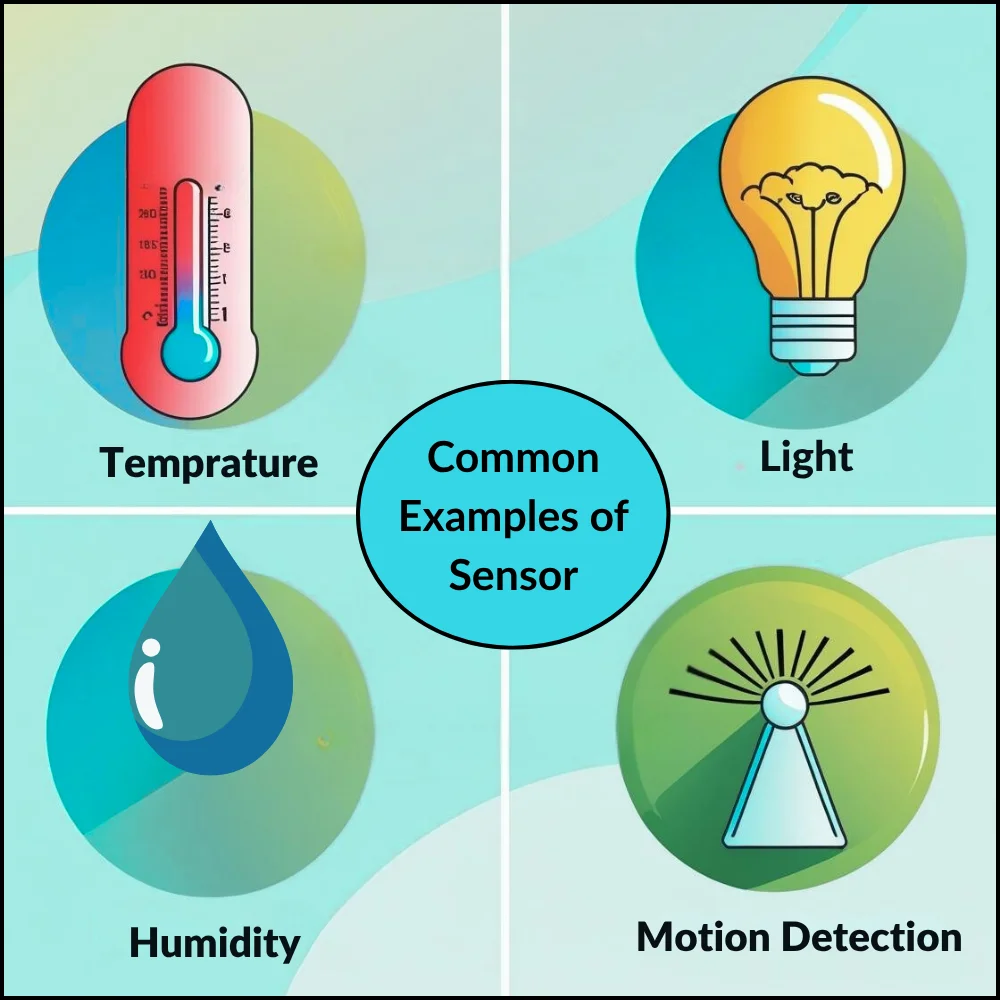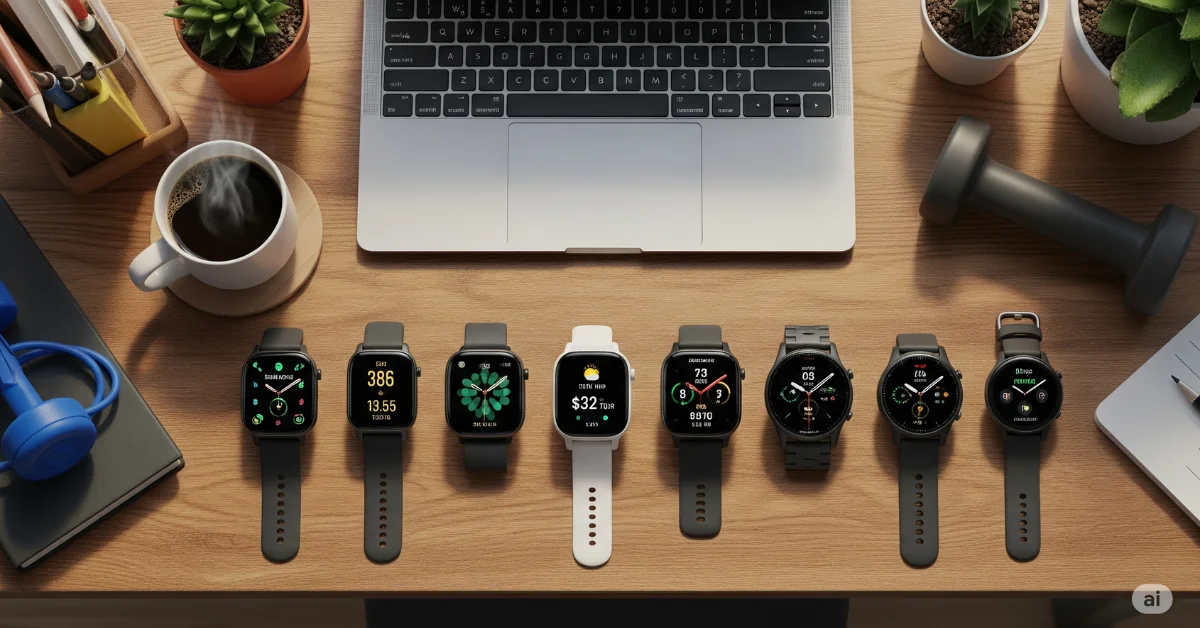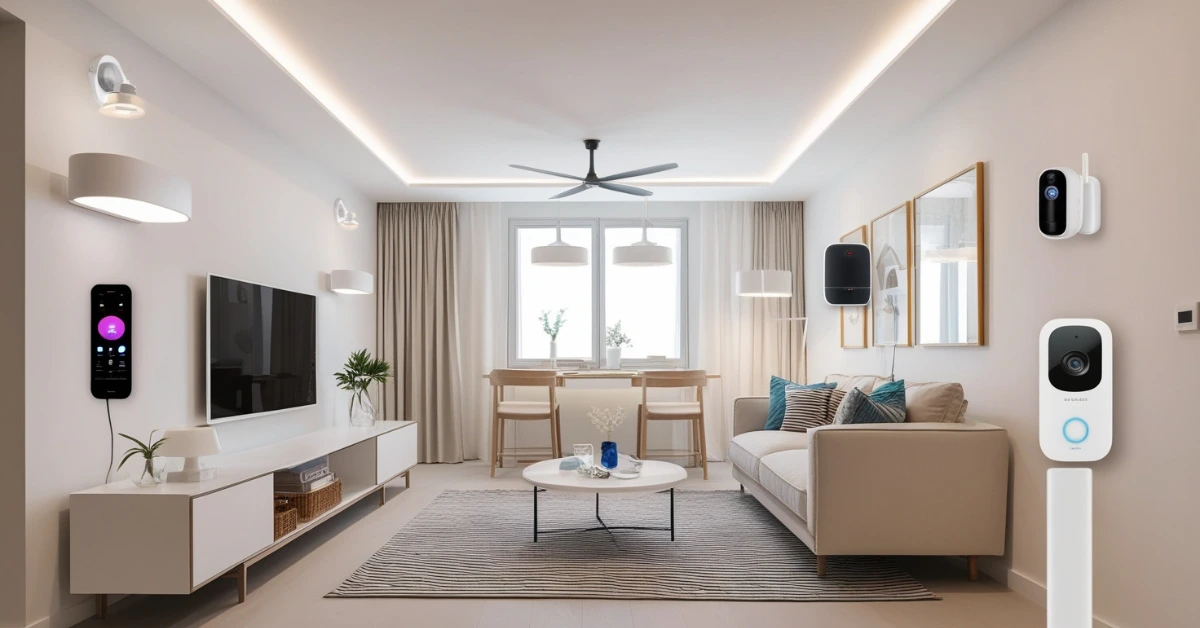In today’s technology-driven world, we constantly interact with systems that gather information and convert it into useful data. Whether you’re using a smartphone, a thermostat, or an industrial machine, these systems rely on sensors and transducers to function. People often use these two words interchangeably, but they are not exactly the same. Understanding the difference between a sensor and a transducer can help you better grasp how various devices work in electronics, engineering, and even in everyday life.
What is a Sensor?
A sensor is an electronic component designed to notice variations in its surroundings and generate a corresponding signal or response based on those changes. The input could be anything from light, heat, motion, pressure, moisture, or any other physical property. The key job of a sensor is to measure a specific physical quantity and convert it into a signal that can be observed, recorded, or further processed.
For instance, a temperature sensor (like a thermometer) monitors the heat level in a room and sends that data to a thermostat to adjust heating or cooling. A humidity sensor tracks the moisture in the air and helps control dehumidifiers or air conditioning systems. Light sensors measure brightness levels and automatically adjust screen brightness or turn lights on and off. Another common example is a motion sensor that detects movement in a room and activates lights or alarms for convenience and safety.

Key Features of Sensors
- They detect changes in physical surroundings
- They produce output signals in response to a specific input
- They are often the first step in a system’s data collection process
What is a Transducer?
A transducer is a broader term that includes sensors but also covers devices that not only detect signals but also convert one form of energy into another.
For instance, a microphone is a transducer because it takes sound energy and converts it into electrical signals. In contrast, a speaker does the opposite by turning electrical signals back into sound. Another example is a piezoelectric element, which changes vibrations or mechanical pressure into electrical energy.
This means that although every sensor can be considered a type of transducer, not every transducer works as a sensor

Key Features of Transducers
- Convert energy from one form to another
- Can work in both input and output roles
- Commonly used in audio devices, medical instruments, and industrial equipment
Core Differences Between Sensors and Transducers
To make it easier to understand, here are some core differences between sensors and transducers:
| Feature | Sensor | Transducer |
| Basic Function | Detects a specific input or change | Converts one form of energy to another |
| Output | Usually, non-electrical or raw signal | Usually electrical signal |
| Range | More focused on measurement | Broader application (input/output) |
| Example | Thermometer sensor, motion sensor | Microphone, speaker, piezoelectric device |
Types of Sensors
Sensors come in many types depending on what they are measuring. Some common types include:
- Temperature sensors: detect heat or cold (used in ovens, air conditioners)
- Proximity sensors: detect how close an object is (used in cars and phones)
- Light sensors: measure light intensity (used in smartphones, solar devices)
- Pressure sensors: detect and measure force or pressure levels, commonly used in devices like weather monitoring instruments.
- Humidity sensors: measure moisture in the air (used in weather stations and HVAC)
Each of these sensors captures a physical change and sends that information to the system for processing.
Types of Transducers
Just like sensors, there are different types of transducers based on how they convert energy:
- Electromechanical transducers: convert mechanical movement into electricity (like a piezoelectric device)
- Electromagnetic transducers: like antennas, which convert electromagnetic waves into signals
- Thermoelectric transducers: such as thermocouples, which convert temperature into electrical signals
- Photoelectric transducers: convert light into electricity (solar panels are a good example)
Transducers play a vital role in many systems, such as audio systems, medical equipment like ultrasound machines, and even aerospace technology.
Real-World Examples
Understanding how sensors and transducers are used in real life can clear up the confusion even further. Here are some simple examples:
1.Car Airbag System
- Sensor: Detects sudden deceleration during a crash
- Transducer: Converts that signal to trigger the airbag deployment mechanism
2.Smartphones
- Sensors: Include proximity sensors, accelerometers, and light sensors
- Transducers: include components like speakers and microphones, which transform electrical signals into sound and also convert sound back into electrical signals.
3.Home Thermostat
- Sensor: Reads room temperature
- Transducer: Sends electric signals to adjust heating or cooling systems
4.Medical Devices
- Sensors: Track heart rate or body temperature
- Transducers: Convert biological data into readable digital formats
How They Work Together?
In many systems, sensors and transducers work together. First, a sensor detects a change (like temperature), and then the transducer converts that detection into an electrical signal that a machine or computer can process. This signal can then be displayed, stored, or used to trigger other actions.
This teamwork is vital in industries like healthcare, manufacturing, transportation, and consumer electronics, where automation and accurate data collection are essential.
Importance in Modern Technology
Both sensors and transducers are vital in modern technology. They help in:
- Automation: allowing machines to react to real-time conditions
- Data collection: crucial for enabling intelligent systems and artificial intelligence to function effectively.
- Safety: used in alarm systems, airbags, and monitoring systems
- Comfort: regulating environments in homes, offices, and vehicles
Without sensors and transducers, smart technologies like wearable devices, self-driving cars, or even basic smart home features would not be possible.
Final Thoughts
While the terms sensor and transducer are sometimes used interchangeably, it’s important to know the difference. Sensors detect changes, and transducers convert energy. Knowing how they work together helps us understand the technology that makes our world smarter and more efficient. Whether you’re a student, a tech enthusiast, or just curious, having a clear idea about these components gives you a better grasp of the devices you use every day.



